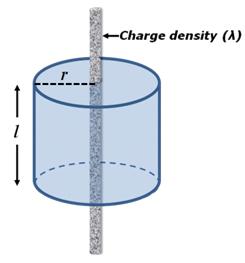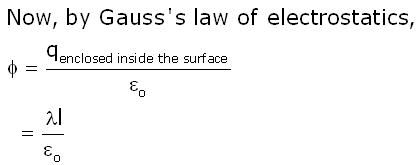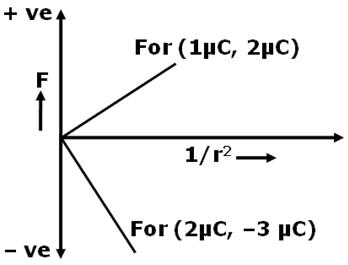CBSE [All India]-Set-1-2011
To Access the full content, Please Purchase
-
Q1
Define electric dipole moment. Write its SI Unit.
Marks:1View AnswerAnswer:
Electric dipole moment is a vector quantity whose magnitude is equal to the product of the either magnitude of charges and distance between them. Its direction is from negative charge to positive charge. Its SI Unit is Coulomb-metre (Cm).
-
Q2
Where on the surface of Earth is the angle of dip 90o?
Marks:1View AnswerAnswer:
The angle of dip is 90o on the poles of earth.
-
Q3
A hollow metal sphere of radius 5 cm is charged such that the potential on its surface is 10 V. What is the potential at the centre of the sphere?
Marks:1View AnswerAnswer:
Potential at the centre of sphere is 10 V. It is because the potential remains same as of surface inside the metallic hollow sphere.
-
Q4
How are radio waves produced?
Marks:1View AnswerAnswer:
These are produced by oscillating electric circuits having an inductor and capacitor.
-
Q5
Write any two characteristic properties of nuclear force.
Marks:1View AnswerAnswer:
Two characteristics of nuclear force are:
(i) It acts between two protons or two neutrons or between a proton and a neutron.
(ii) It is short range force and effective up to few femtometres. -
Q6
Two bar magnets are quickly moved towards a metallic loop connected across a capacitor ‘C’ as shown in the figure. Predict the polarity of capacitor.
 Marks:1View Answer
Marks:1View AnswerAnswer:
As per the given figure, upper side plate will be positive and lower side plate will be negative according to Lenz’s Law.

-
Q7
What happens to the width of depletion layer of a p-n junction when it is (i) forward biased, (ii) reverse biased?
Marks:1View AnswerAnswer:
When p-n junction is forward biased, its depletion layer decreases and in reverse bias, it increases.
-
Q8
Define the term ‘stopping potential’ in relation to photoelectric effect.
Marks:1View AnswerAnswer:
For a particular frequency of incident radiation, stopping potential is the minimum negative or retarding potential given to the photoelectric plate for which the photocurrent stops or becomes zero.
-
Q9
A thin straight infinitely long conducting wire having charge density λ is enclosed by a cylindrical surface of radius r and length l, its axis coinciding with the length of wire. Find the expression for the electric flux through the surface of cylinder.
Marks:2View AnswerAnswer:

In the given figure,r = radius of cylindrical surface
l = length of cylindrical surface

-
Q10
 Marks:2View Answer
Marks:2View AnswerAnswer:

Since distance between charges in both pair is same (that is ‘r’), magnitude of force depends directly on the magnitude of the product of charges. So, for pair 2μC and –3μC, force will be greater (higher slope) and attractive whereas for the pair of 1μC and 2μC, force will be lesser (lower slope) and repulsive for a given distance.



